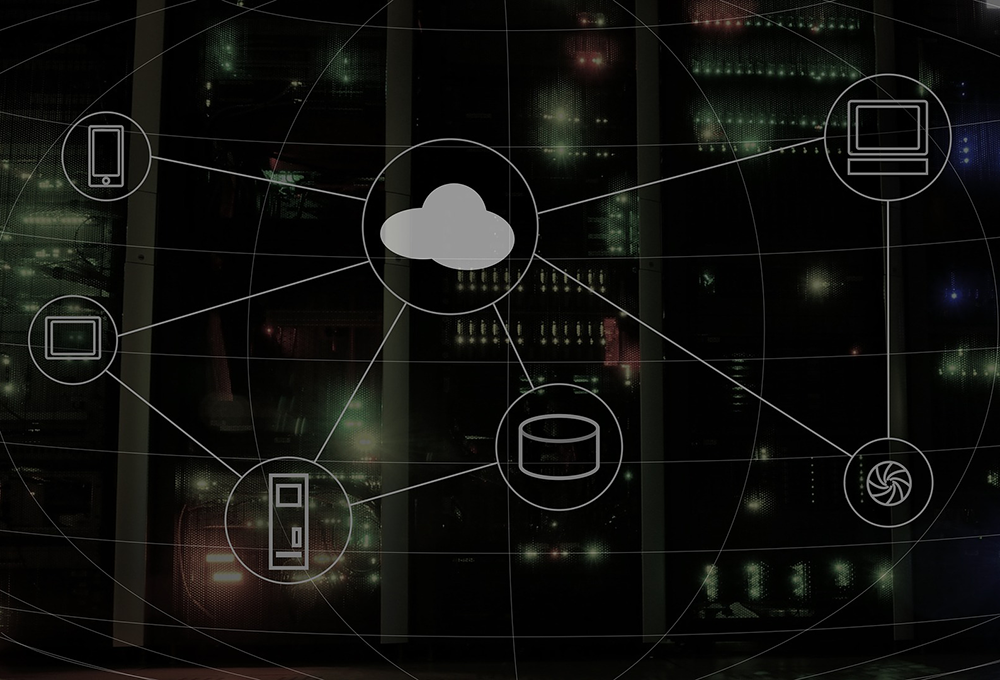Doppio’s CEO, William Kragie, recently came together with our partners at Elemica to discuss the B2B Journey for the modern enterprise. The co-hosts showcased how a business can digitize, collaborate and take control of your supply chain – read below to see how you can do the same.
Watch the full webcast here.
- Arun Samuga, Chief Innovation Officer at Elemica
- Pritesh Shah, Sr. Director of Sales at ProcessWeaver, Inc.
- William C. Kragie, CEO of Doppio
Connected Enterprise: Digitize your Business Processes
Arun Samuga:
Enterprises are constantly striking a balance between performance indicators like Demand and Supply Variability, Operating Cost and Customer Service while dealing with uncertainty induced by risk. Advancements in technology have created previously unseen opportunities and continue to play a critical role in further supporting leaders to meet their key supply chain metrics. While internal enterprise systems like ERPs and TMSs are critical to planning, production and transportation, their efficacy has a strong dependency on external partner ecosystems. The first step in realizing an efficient supply chain is harmonizing business processes like order to cash with your customers, procure to pay with your suppliers, transport execution with your road and ocean carriers. This is intrinsically supported by a partner based digital network that allows for various layers of process execution and managing exceptions.
William C. Kragie:
In our business we see customers taking those first steps towards digitizing their business processes, but sometimes not continuing to take those steps forward. For example, we have a large a body of work around B2B integration – specifically EI – largely focused on the customer or retail side. After delivering in an integrated environment like that we often see customers start to talk about order-to-cash and procure-to-pay. We see those same enterprises not digitizing or automating there procurement process utilizing the same integration or integration framework to automate the ordering or collaborate with their vendors and suppliers. Where the rubber meets the road for us is taking a paper-based or manual process and digitizing them, automating them. That way, you’re not managing an entire process but you’re rather managing exceptions to that process.
The panelists’ takeaway
When coupled with a multi-channel strategy based on partner capability, enterprises are better positioned to streamline operations and hence extend their investments in ERPs and TMSs to create scale for future growth.
Connected People: Automate Workflows and Collaborate
AS: Enterprises are constantly striking a balance between performance indicators like Demand and Supply Variability, Operating Cost and Customer Service while dealing with uncertainty induced by risk. Advancements in technology have created previously unseen opportunities and continue to play a critical role in further supporting leaders to meet their key supply chain metrics. While internal enterprise systems like ERPs and TMSs are critical to planning, production and transportation, their efficacy has a strong dependency on external partner ecosystems. The first step in realizing an efficient supply chain is harmonizing business processes like order to cash with your customers, procure to pay with your suppliers, transport execution with your road and ocean carriers. This is intrinsically supported by a partner based digital network that allows for various layers of process execution and managing exceptions.
WCK: I agree with Arun and the point that I want to make here is that what we see with our client companies is this: they’re asking us “Doppio, as a professional services and managed services provider around Infor M3 integrated solutions, can you help us develop this point-to-point integration? Can you help us support this point-to-point integration?” To this day, disparate databases and data siloes still persist. Especially as more of our customers adopt cloud tool sets, our role is to target these integration paths that eliminate data silos and encourage, almost force, collaboration in the ERP and EDGE apps and promote the exchange of data from multiple systems. The end result being: improved customer experience, accelerated cash conversion cycle and so on and so forth.
The panelists’ takeaway
As users develop functional expertise and can better collaborate with their peers within the same functional area, with peers across different functional areas or with their trading partners, their dependency on such applications increase – as a result they are able to further finetune these applications to continually optimize process orchestration and employ an integrated approach to improve workflow management and productivity.
Connected Data: Enable End-to-End Visibility
Arun Samuga:
Enterprises are constantly striking a balance between performance indicators like Demand and Supply Variability, Operating Cost and Customer Service while dealing with uncertainty induced by risk. Advancements in technology have created previously unseen opportunities and continue to play a critical role in further supporting leaders to meet their key supply chain metrics. While internal enterprise systems like ERPs and TMSs are critical to planning, production and transportation, their efficacy has a strong dependency on external partner ecosystems. The first step in realizing an efficient supply chain is harmonizing business processes like order to cash with your customers, procure to pay with your suppliers, transport execution with your road and ocean carriers. This is intrinsically supported by a partner based digital network that allows for various layers of process execution and managing exceptions.
William C. Kragie: We’re finally starting to see companies considering the environment – the physical environment in which we do business – as a key pillar in their stakeholder alignment. It’s no longer just shareholders, partners, customers, and ownership… We’re looking at the communities in the physical space and the physical world in which we’re conducting business as a key part of our value orientation. Even before we get to this to this future state, there’s a need to continually monitor and measure and performance analytics of the business. For some, it’s taking the initial step of harmonizing data and eliminating data silos. We’re seeing some of our customers beginning to ask how they can make accurate data available, accessible by one or more applications and by people within the enterprise. Some of our customers are really just moving from a SQL Server to a unified data model where relevant data points and KPIs surface automatically. That’s something I think all our customers and partners continue to strive for, regardless of being a middle market manufacturer or a mega global enterprise.
The panelists’ takeaway
Once data at various layers is handled for process integrity and correlated for cross-process end to end visibility, further pattern recognition and learning can be employed to proactively mitigate risk and further strengthen an enterprise’s resiliency to disruptions.
Wrap Up
When supply chain leaders employ a mindset for data driven innovation, an enterprise can further extend its reach through newer models and better forms of engagement with its people, its trading partners and for the broader purpose it serves – an important goal that is worthy of pursuit is to take control of your supply chain.






